Overview
This week we began by creating a paper prototype for new grid-based puzzle mechanics based on the response to the playtest of our old puzzle built in Unity. This was then playtested at a weekly playtest night held at Hunt Library on CMU’s main campus. The environment artists continue along with high-priority models and had discussions with Faris about puzzle placement within the environment. Yukti has progressed with the retopology of the base sculpts made last week with the hopes to begin rigging next week. We had a few meetings with faculty as well as Jessica Hammer about our project. The focus of our meeting with Jessica was to talk about our game’s structure and design as well as get input on how we should apply the IGDA Environmental Game Design Playbook. Last but not least, Amber has finished the first full draft of the game’s first full draft of the script.
Puzzle Design and Playtesting
After our playtest last Friday, we decided changes would have to be made to our agrivoltaic puzzle for the second playable chapter of the game. Part of the feedback from that was about UI and complexity. It was difficult to figure out what success looks like in the puzzle and the UI caused some confusion. So we created a new grid-based puzzle that removed the need to track the amount of sun or shade needed for a given plant across the 3 times of the day. Below is an image of the puzzle.
The puzzle has the player placing flower beds and solar panels on a grid. The idea is to give the correct amount of shade to the plants by placing solar panels. While the plants can be rotated the solar panels cannot. As you can see the plants above are having their needs satisfied by the placement of the shade from the solar panel because of the matching numbers. In the bottom right and top left of the grid, you see a number that is not connected to a solar panel. This is natural shade that already exists on the playspace that needs to be taken into consideration, if one of these spaces is covered by shade from the panel the numbers will add up. We had 5 of these puzzles, with the 5th being the most difficult. Below are the annotated instructions.
Key takeaways from the playtest of our paper prototype:
- Lots of confusion over plants needing an exact amount of shade. Multiple testers thought “too much of a good thing is still good” and that you could have a plant that needs 1 shade in an area with 2 shade.
- Discussion around a hint function to help guide players when stuck
- Many reported the first 4 puzzles felt overly simplistic, but the last was very satisfying when solved
- The last puzzle took significantly longer to solve
Our plans with this puzzle will be tweaked, with potential plans to test this coming Tuesday. We will have more updates about changes next week, though we are sticking with similar mechanics.
We also took our digital prototype from last week and had a few more college students test it. The results were similar to Friday’s playtest and we will not be moving forward in this direction.
The Future Forgers would also love to extend a big thank you to Weilin Yuan, the ETC’s Playtesting TA. She was instrumental in securing us the space to do the playtest as well as the playtesters themselves. We’re looking forward to continuing to work with her on future playtest nights. Take a look at some photos below!
Environment Art
This week more models have been completed to fill out the rooftop with all kinds of sustainable technology and community spaces. Danny’s focus has been on the items on the roof in 2030 while Hagan’s focus has been on the objects that will appear in 2045.
2030


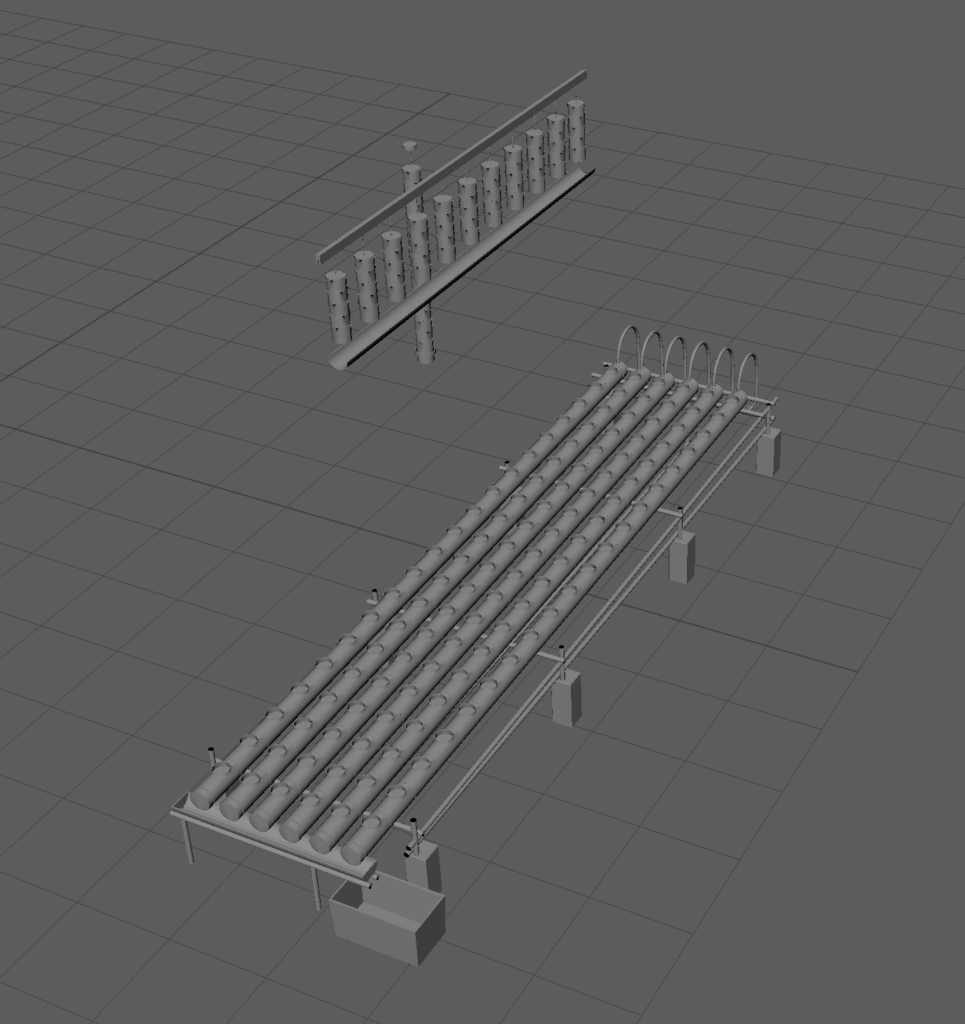
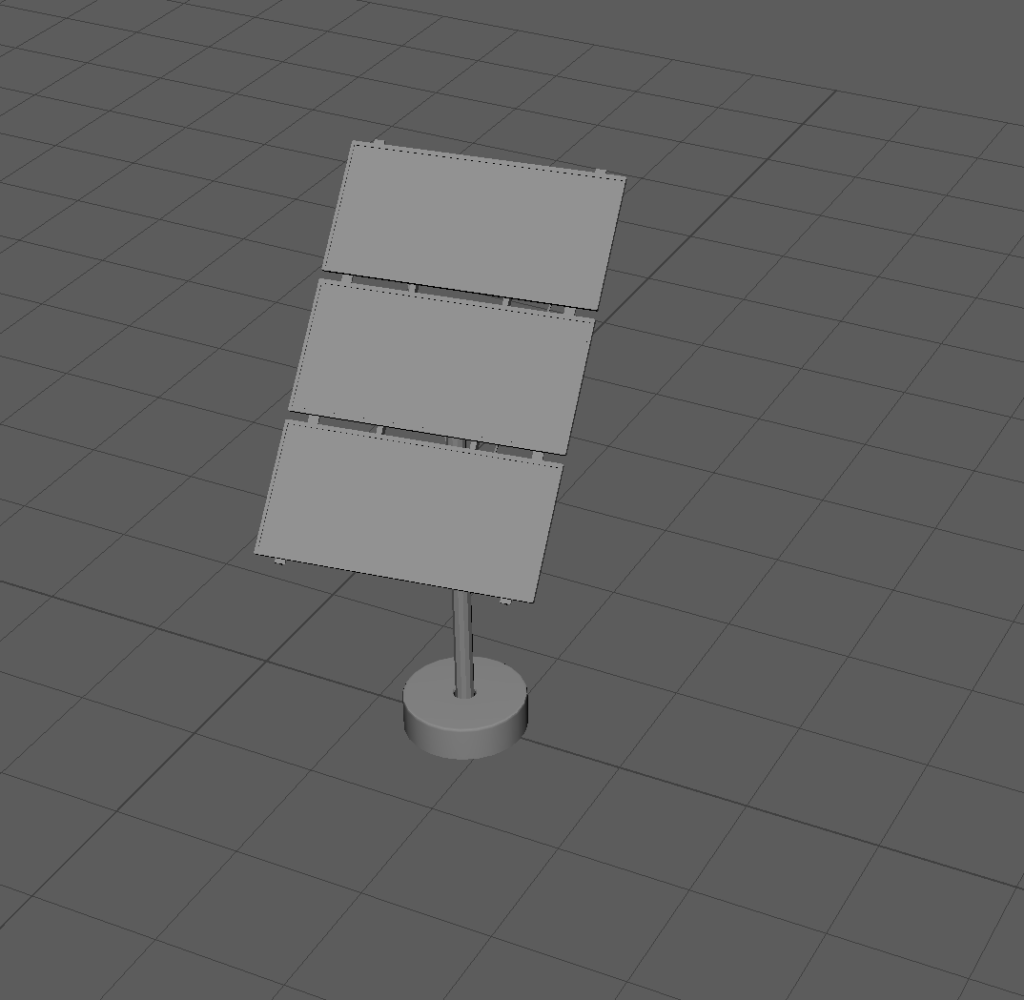
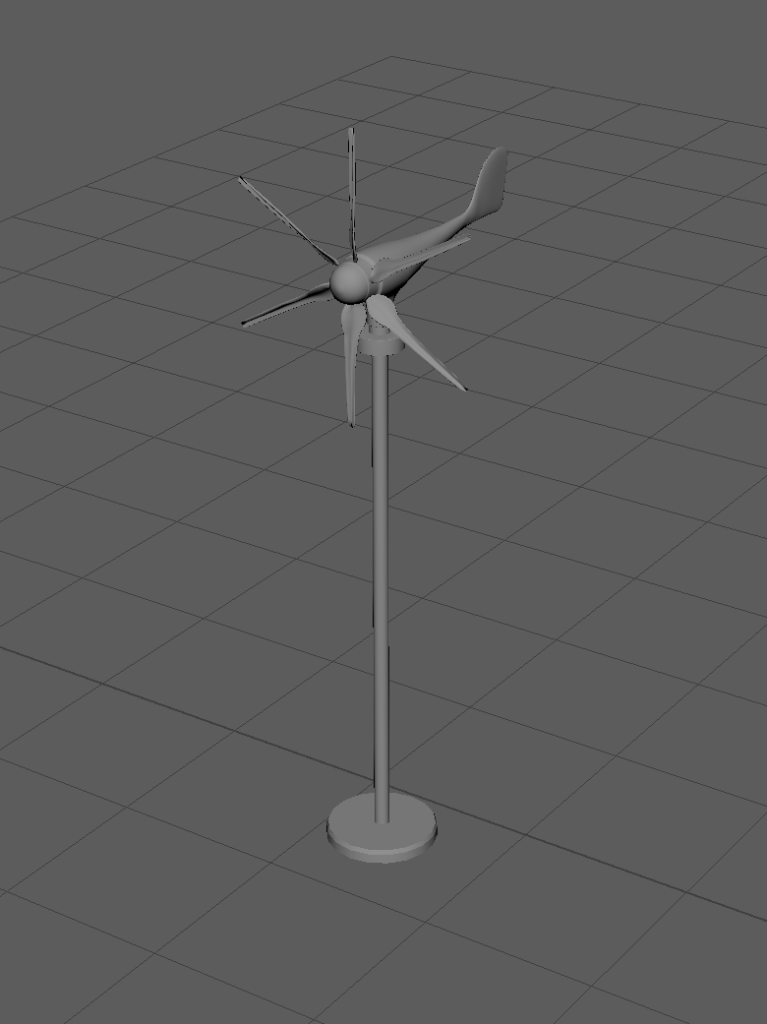

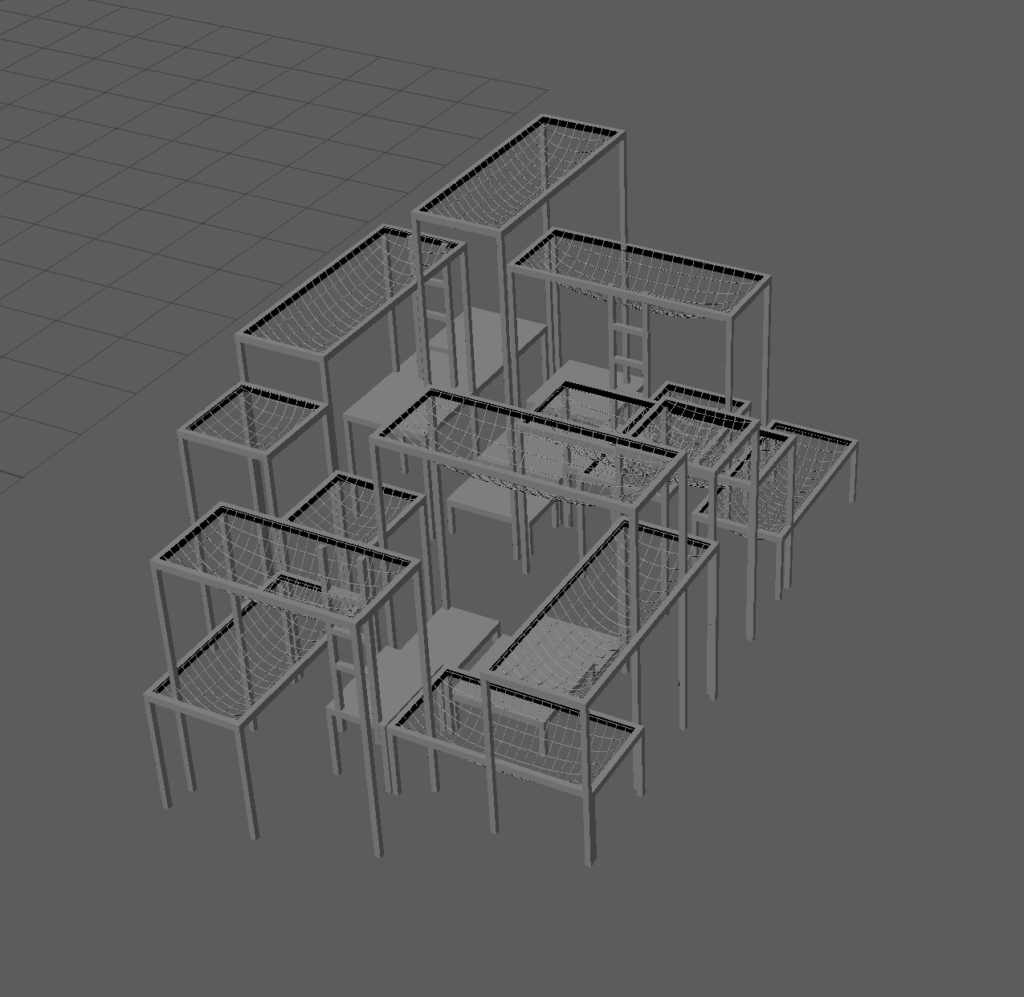

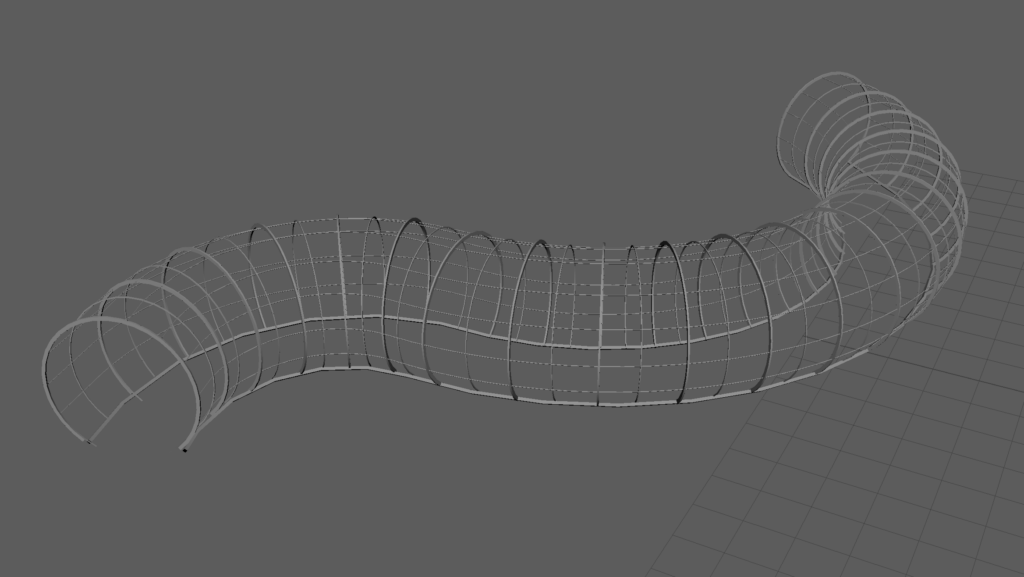
2045


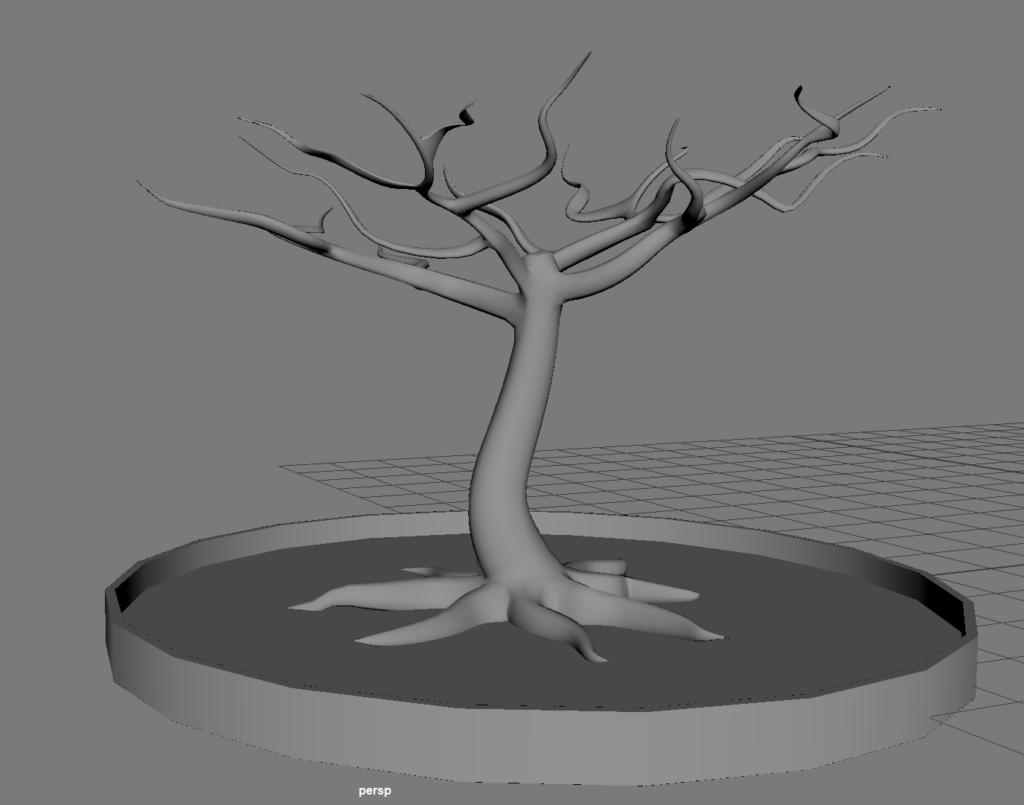
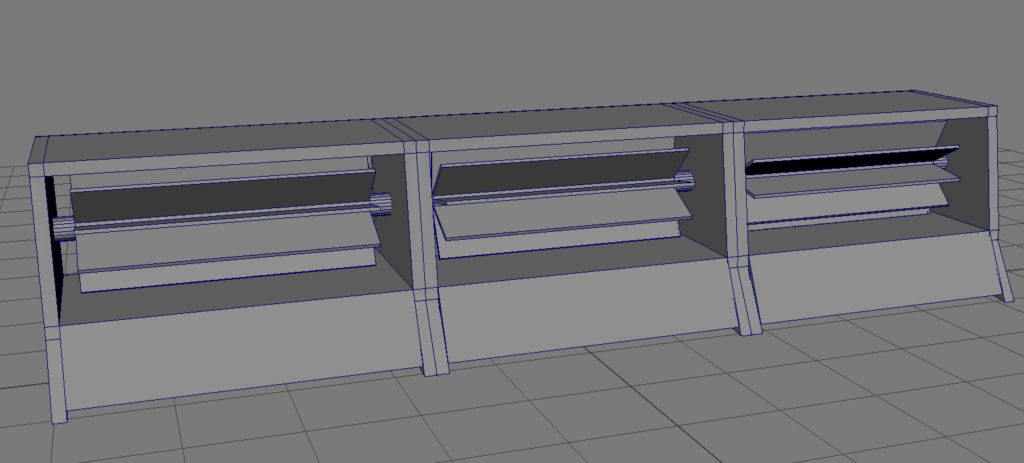
Character Art
Yukti has been hard at work this week retopolgizing all of the base meshes for the main character. The reason we are focusing on the base meshes only for now is so Yukti can start building the rigs as soon as possible. UV unwrapping and texturing will come later as well as the clothing and hair for the characters.


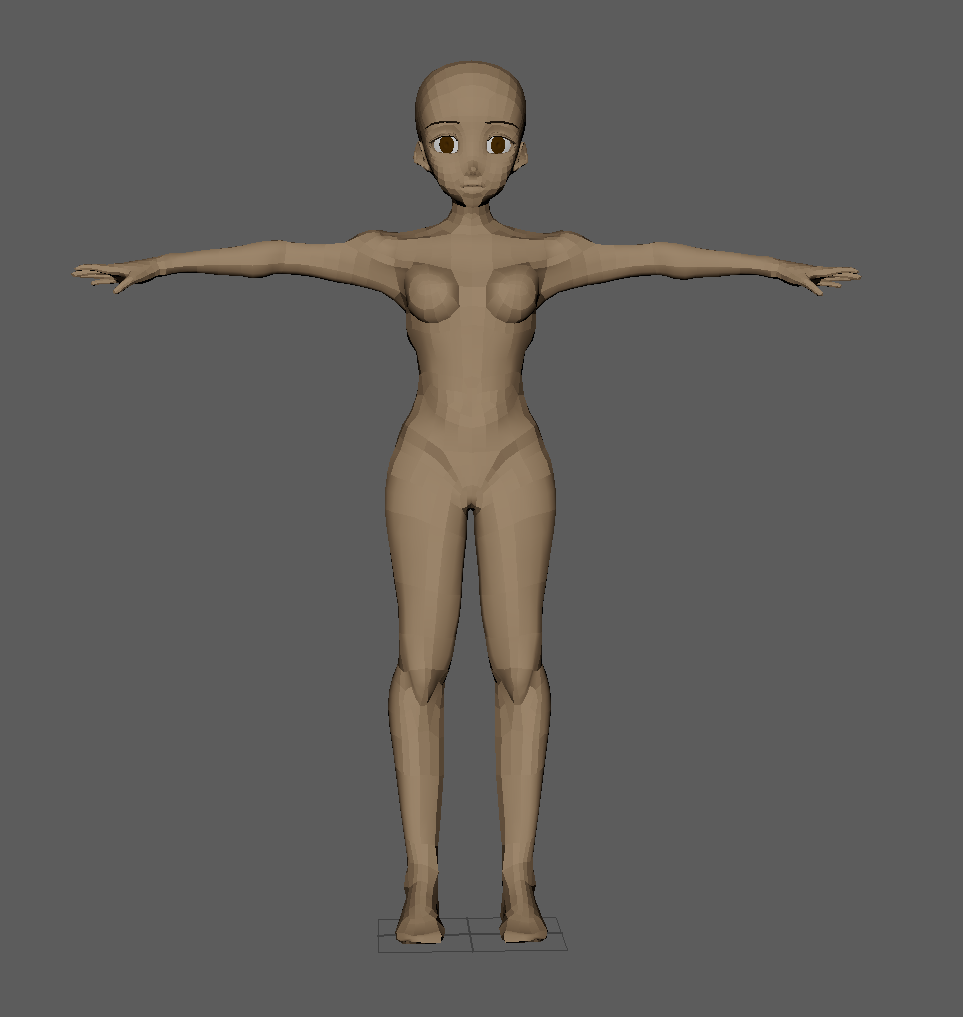
Story
This week has been a big week for the story with Amber having finished the script’s first draft. The document is structured in such a way that it breaks down the story into chapters and beats. Here is a breakdown of the chapters. Even numbered chapters will be the main gameplay sections of the experience while the odd number chapters will be exposition.
Every line of dialogue is also given a specific number that allows for easy identification when there are multiple dialogue options that allow for divergences in the conversation. Take a look at a page from the document below, this specific conversation where Asha, Mirri’s mother, is asking Mirri (the player character) how she feels about the environment.
Here are the 3 choices at 2.2.1:
It’s pointless trying to help 2.2.2
Individual people can’t fix corporate-sized problems. 2.2.3
I can make a difference by focusing on my own impact. 2.2.6
Following those numbers on the right will take you to the outcome of your choice of dialogue in the document. While there are a lot of pages and words here in the document the game itself won’t be quite as long as you’d think because of some branching dialog options.
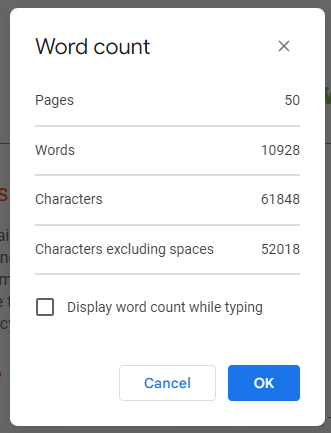
The hope is to have the story playable in Google Slides by early next week with plans for adding storyboard images as well. This will bring us a little closer to how it will feel to have these conversations and will allow us to test the story as well.
Meetings
This week we met with Jessica Hammer, from the HCII at CMU, as well as Ricardo Washington and John Dessler.
In our meeting with Jessica Hammer, we mostly spoke about the design of our game as well as the various tactics from the IGDA Environmental Game Design Playbook we might be using. She said it was important to both be specific with the tactics used as well as broad with the amount being used. Essentially we should try to tie specific tactics to parts of our game. We are currently thinking systems knowledge will be an important part of our puzzle gameplay and we are using sensory affect with our aesthetic goals to make our game look appealing. Overall she liked a lot of our ideas and gave us further resources on how to measure our success when it comes to what the player takes away from the experience. We are also going to be meeting with her on a weekly basis starting in a couple of weeks.
Ricardo also came to the room to take a look at our art. So far he likes what the art team has done. He said that making a color script to match the emotional tone of our game would be a good idea after Yukti suggested it. One thing we wanted to get out of the meeting was what the general poly count should be in our game. While not landing on a specific number he recommended lowering some details in our current meshes but still maintaining the silhouette of the object. We will be running stress tests with our shader in engine sometime next week to help us gauge the amount of detail that can be in the scene.
We rounded out the week meeting with John Dessler. We mostly spoke to him about the project on a high level and talked about a few ways we could approach preparing for halves presentations in a couple of weeks.
Looking into Next Week
- Whitebox 2.0 for environment
- Stress test the graphics and engine
- Storyboarding and creation of a Google Slides presentation clickthrough of the story
- Poster and Half-Sheet for the project
- Continued work on puzzle prototype and playtesting
- Song concepts for different emotional beats and sections
